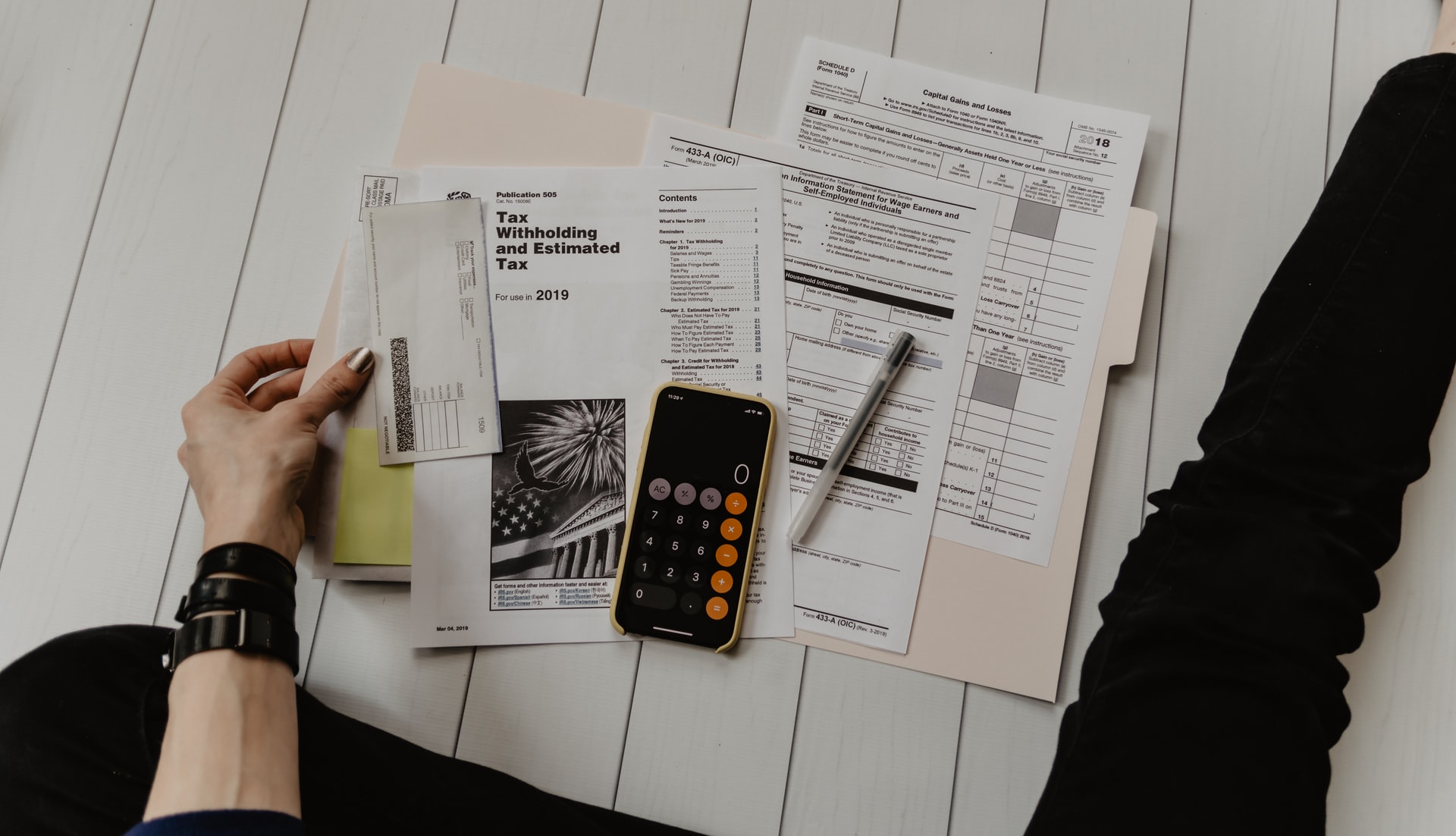Whether you’re an employee or a self-employed individual, you may feel tempted to file your own taxes to save money. While employees can typically manage their taxes on their own, freelancers may need to hire a professional or prepare for tax season well in advance.
When Shouldn’t I File My Own Taxes?
If you have questions like “is life insurance taxable” or “do I need to save my invoices,” then you should probably hire a professional. Here are some telltale signs you need an accountant.
You Don’t Want To Spend 7-20 Hours Gathering Records
Employees may only need 7 hours to gather their records, but if you’re self-employed, you’ll have to spend at least 20 hours preparing for your taxes. If that sounds like too much, then hire a bookkeeper. If you want to do your own taxes for another tax year, start fresh in January.
You Can’t Navigate Self-Employment Tax Forms
Do you know what a Form 1099-NEC is or why it’s used? Can you tell the difference between a W-2 and a W-4? If the answer is no, you may need extra help. If you submit the wrong tax forms to the IRS, you could get audited, which is a pain if you don’t have your records up-to-date.
You Don’t Want To Track Deductions Or Quarterly Taxes
If you’re at the end of the tax year and you haven’t organised your deductions, you should hire a bookkeeper to do it for you. While you can use a quarterly tax calculator to quickly estimate your quarterly taxes if you’re self-employed, you won’t be able to track your deductions so easily.
How Can I Do My Taxes Without A Professional Accountant?
While the process of filing your taxes isn’t simple, it doesn’t have to be complicated. There are 7 steps you can take to file your taxes, and you can simplify the process by using tax software.
1. Prepare Your Tax File
Freelancers should keep a folder on their desktops where their deductions, invoices, and other necessary documents are saved. Employees can do the same for their deductions. If you keep all of your documents in one place, you can easily refer to them during tax season.
2. Gather Necessary Forms
Collecting your tax documents is the first step to tax compliance. For example, employees need Form W-4, while self-employed individuals need to use Schedule C and Form 1040-ES. You may receive Form 1099-NEC if you’re a freelancer, but you don’t need to send it to the IRS.
3. File Online (If Possible)
If you’re not sure how to file your taxes digitally, don’t worry. The IRS has plenty of free tax filing tools you can use online. You’ll also receive your refund faster if you sign up for a direct deposit. Some people will qualify for free tax return preparations if they meet specific requirements.
4. Report Your Benefits
If you claimed disability, unemployment, or any other benefit during your tax year, you have to declare them on your federal tax return. But be careful. Some benefits aren’t taxable. For example, Economic Impact Payments aren’t taxable and shouldn’t be treated as income.
5. Claim Your Credits
Employees aren’t eligible for as many deductions or credits as their self-employed counterparts. However, employees can claim Child Tax Credit and Earned Income Tax Credit. Freelancers can claim things like rent, business expenses, marketing materials, utilities, and internet costs.
6. Know Your Rights
As a taxpayer, you’re entitled to certain rights that are outlined in the “Taxpayer Bill of Rights.” For example, you have the right to know what you need to do to file your taxes and pay only the amount of tax legally due. Study your rights to know if the IRS is taxing your income fairly.
7. Ask For Assistance
Tax season can be stressful, especially if you don’t know what you’re doing. It’s okay to ask for additional assistance if you have a question. There are plenty of resources available online that can help you, but if you think you’ve bitten off more than you can chew, hire an accountant.
[ymal]










